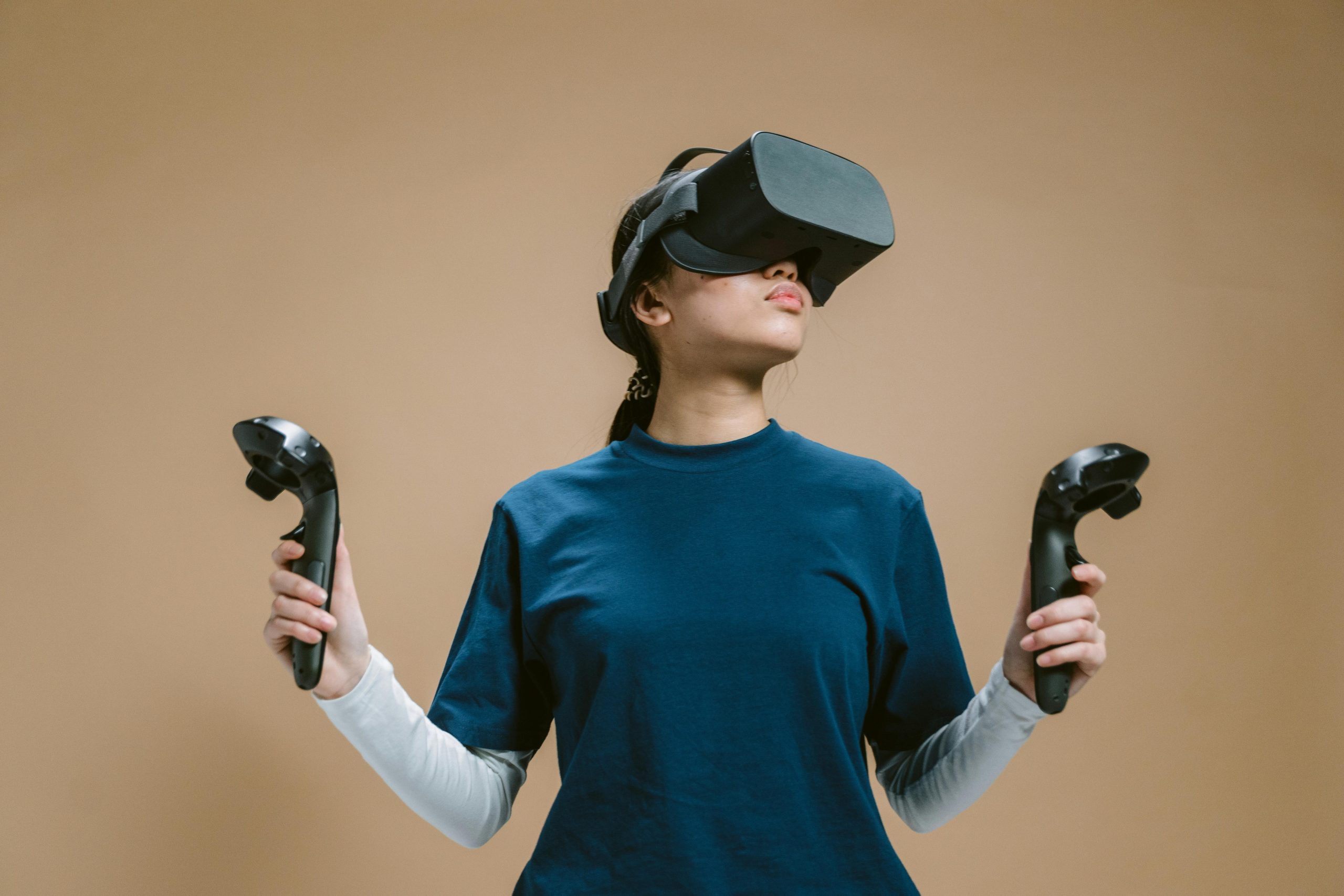Troubleshooting USB Connectivity Issues with VR Headsets: A Common Dilemma
In the evolving world of gaming and technology, building your own PC is an exciting project. As a recent builder, I’ve encountered a frustrating challenge: slow connections with my VR headset due to USB bandwidth limitations.
The Context
After successfully assembling my PC, I eagerly plugged in my TP-Link USB adapter to connect to the internet. While everything initially seemed to work well, I soon faced significant connectivity issues. Whenever I connect my VR headset and its accompanying sensors via USB, the internet connection suffers a noticeable drop, leading to frustrating interruptions. It’s not just the VR gear; my keyboard and mouse are also plugged into the mix.
Seeking Answers
Curious about the bandwidth constraints, I delved into online searches for terms like “USB bandwidth” and related issues. Unfortunately, I was unable to find a comprehensive solution to my problem. It appears that the simultaneous use of multiple USB devices can strain the available bandwidth and lead to connectivity hiccups.
Looking for Solutions
If anyone has encountered similar difficulties or has advice on troubleshooting USB bandwidth issues, your insights would be greatly appreciated. How can I optimize my setup to ensure a stable internet connection while fully utilizing my VR headset and other peripherals? Any expert tips or suggestions for improving performance would be extremely valuable as I continue to navigate this tech journey.
Your guidance could help not just me, but many others facing the same concerns. Let’s get the conversation started!
Share this content:




Hi there,
It sounds like you’re experiencing USB bandwidth limitations causing connectivity issues when connecting your VR headset alongside other peripherals. Here are some troubleshooting steps and tips that might help improve your setup: